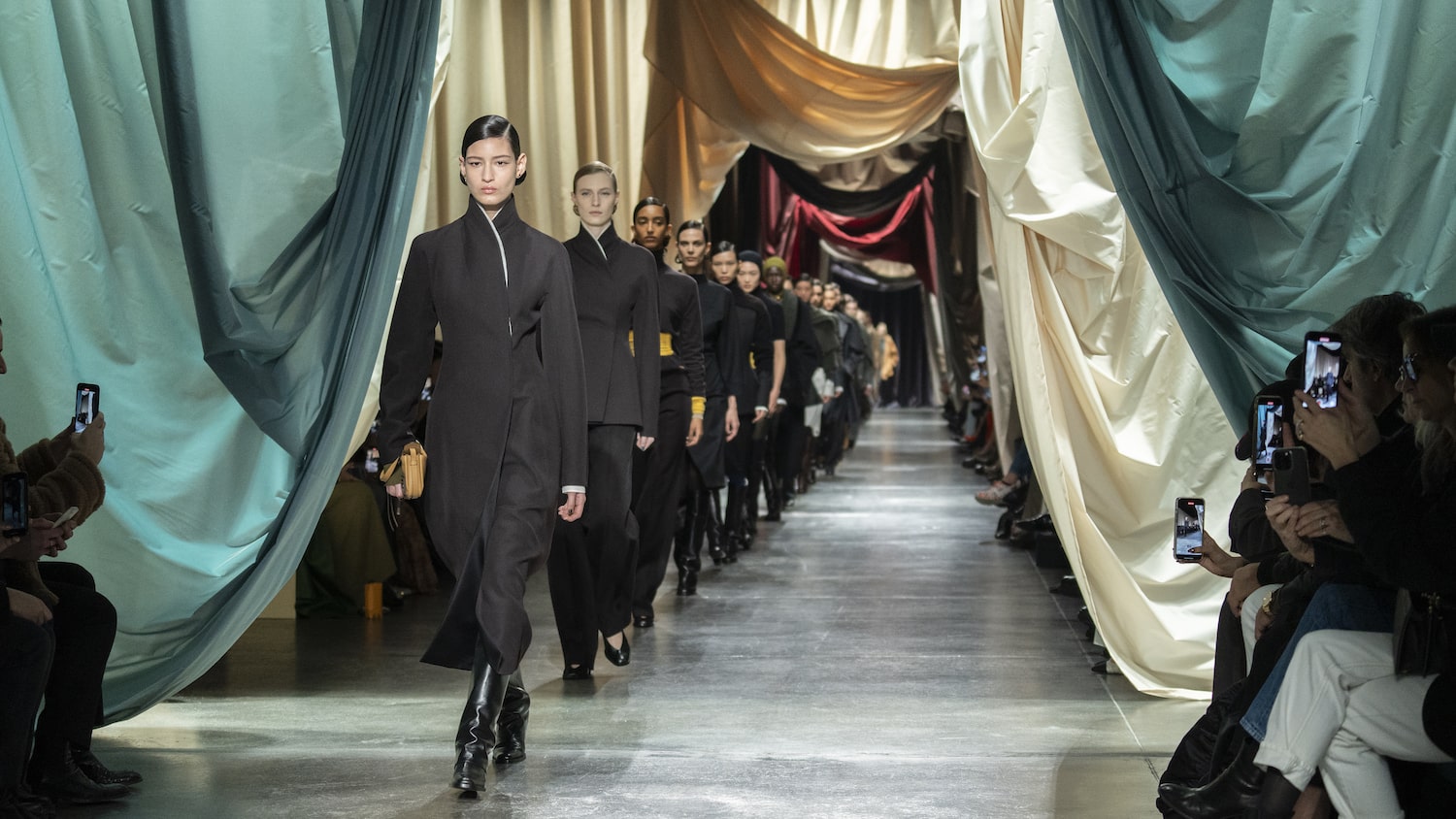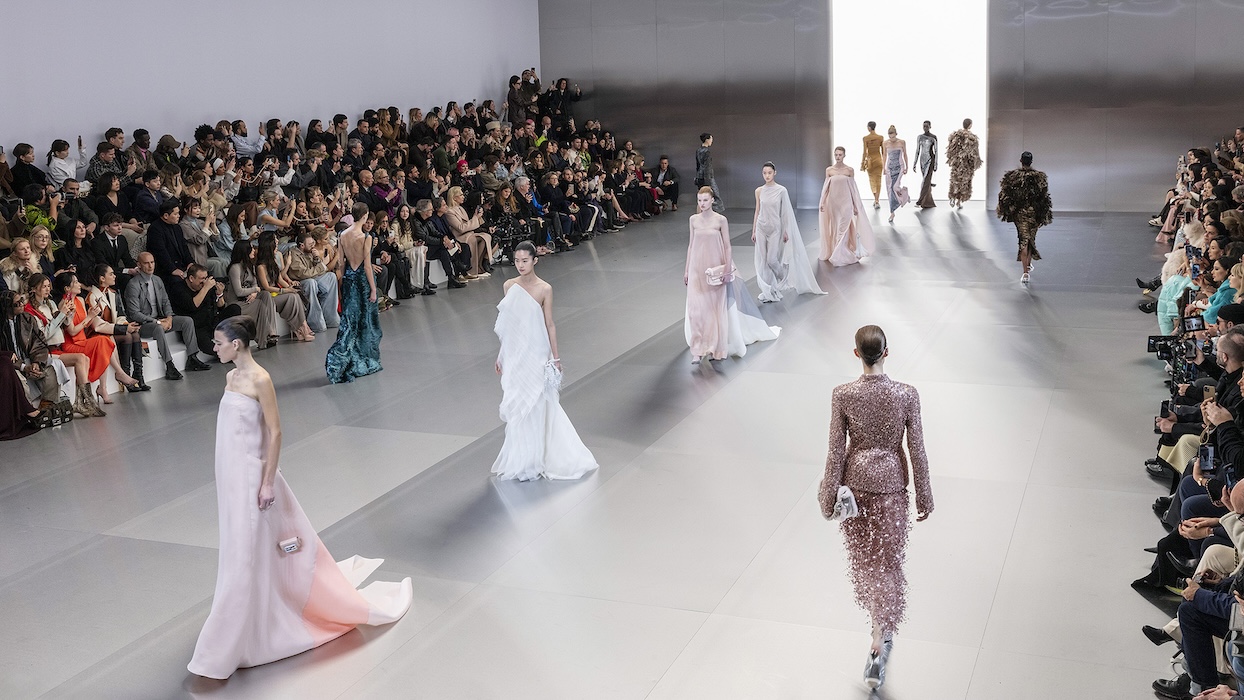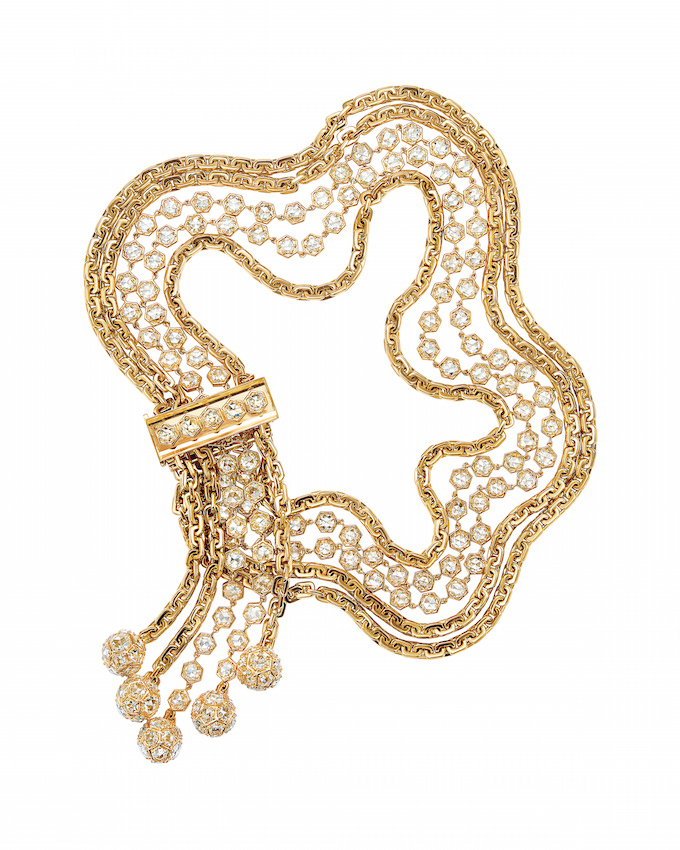Fendi, the fashion house that turned wardrobe specialties such as fur, leather goods, fragrances, timepieces, and eyewear into staples, recently opened a flagship location in Miami. We caught up with the Italian brand’s CEO, Pietro Beccari, about the new location in the city’s Design District, Fendi’s admirable restoration of the Trevi Fountain in Rome, and its focus on new concepts in technology, art, and design across a global scale.
WHITEWALL: Fendi recently opened a new 5,400-square-foot flagship store in Miami’s Design District. What was the initial design approach you had in mind for this location?
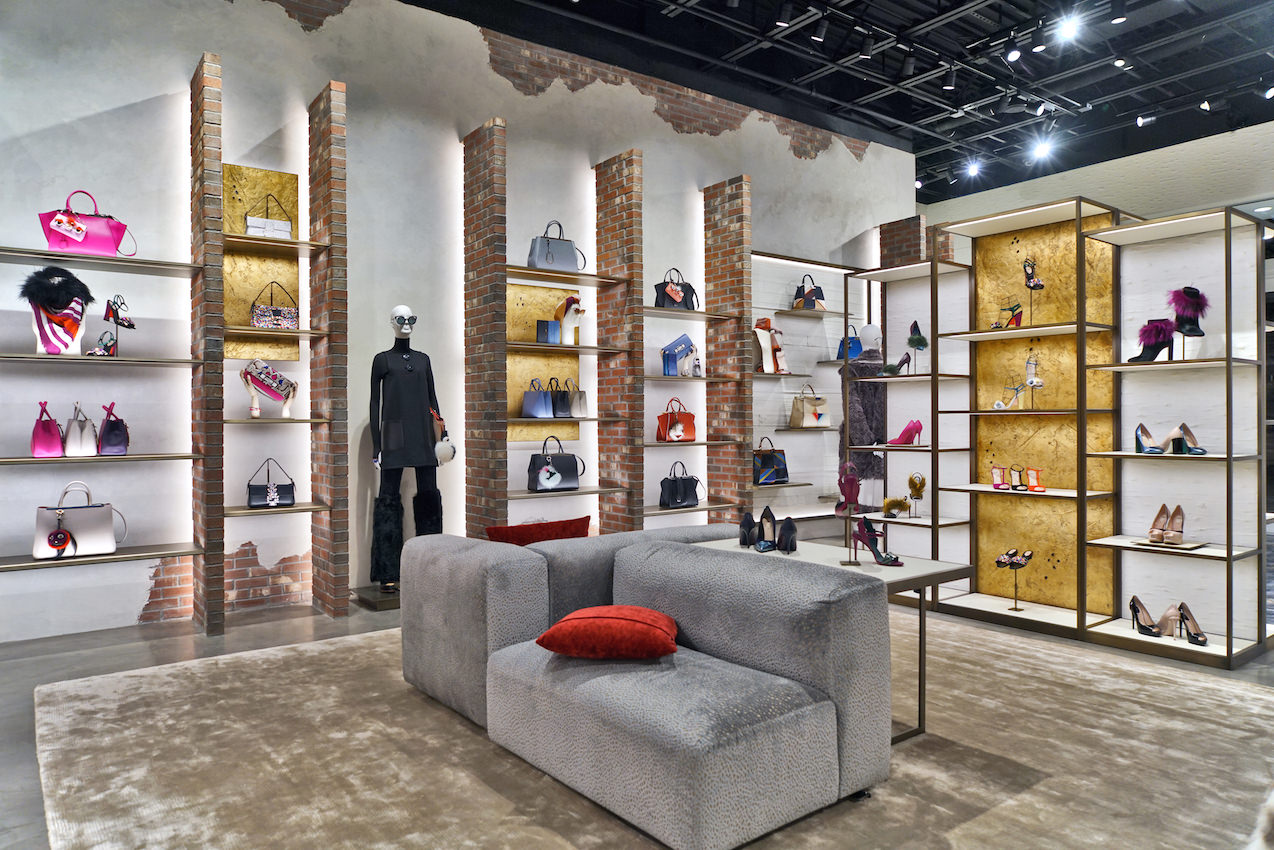
Courtesy of Fendi
PIETRO BECCARI: For our Design District boutique, we wanted the store concept to reflect the culture of its location—the colors, the energy, the influence of design in the area. We had also recently opened a new store in SoHo in New York that incorporated exposed brick and raw materials, and we decided to play with this same idea for the Design District location.
WW: For a special collaboration, Fendi partnered with Johanna Grawunder for the building’s exterior. How did this collaboration come to fruition? Why was it important for Fendi to work with this artist—an artist who particularly specializes in lighting design—for the exterior?
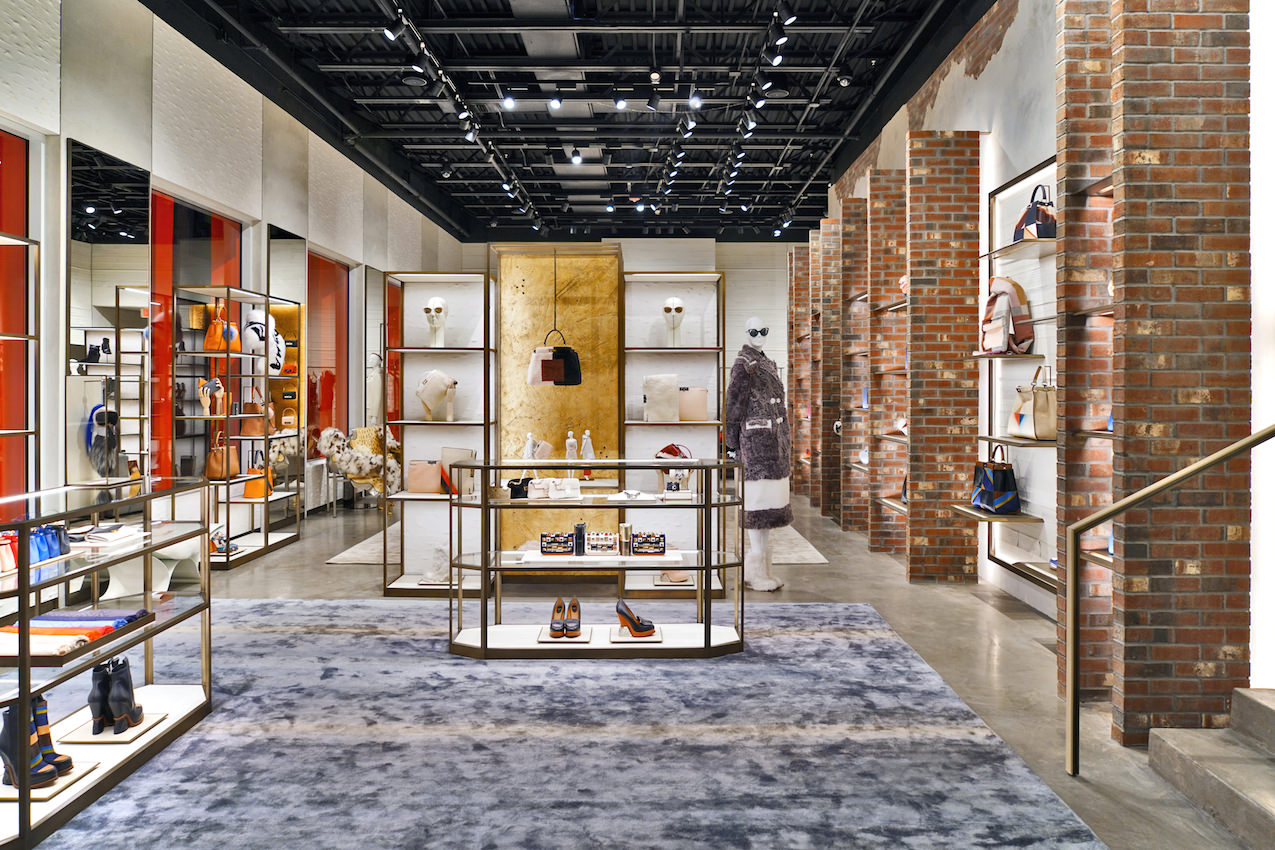
Courtesy of Fendi
PB: We had worked with Johanna Grawunder previously for our “Un Art Autre” traveling fur exhibition in Asia and were very impressed with her work. When we began plans for the Design District store, we approached her again, as we liked the idea of working with an artist for the facade, and she was a natural fit for the collaboration. Her use of light and color worked very well with the overall design concept we had in mind and perfectly reflected the vibe of the store’s location within the Design District.
WW: On the store’s eastern side, the exterior has been painted a fluorescent orange and is enhanced with recessed LED lights. Was this bright approach taken to reflect Miami’s vibrant flair?
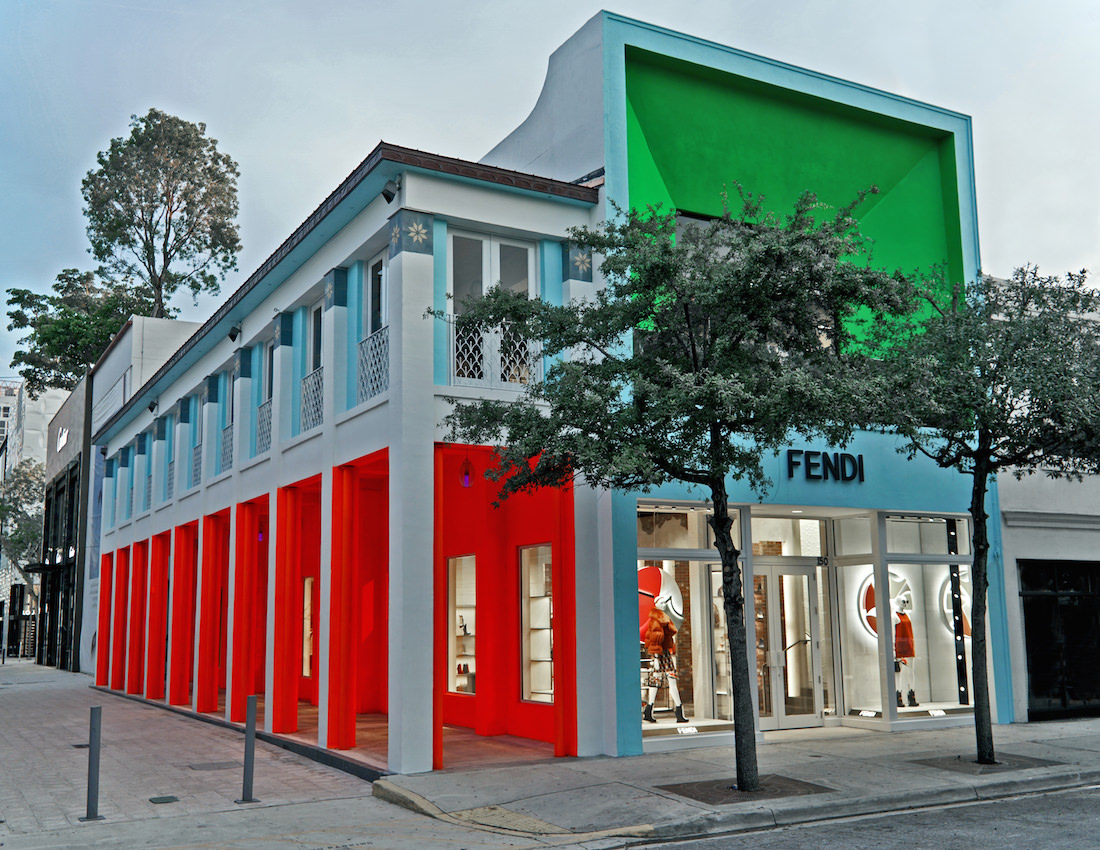
Courtesy of Fendi
PB: Yes, exactly. The colors pay homage to the Miami culture.
WW: The interior of the store features architecture and design elements unique to any other Fendi store, while still incorporating materials found in every store. Through adding raw elements to the space, it feels like there are touches of Fendi’s Roman roots. Why were these elements chosen?
PB: Each store incorporates travertine and bronze—materials meant to recall the colors of Rome and its majestic skyline. For this store, we further played with new materials, adding cement floors and exposed brick walls that were in deliberate contrast with more opulent materials, such as the spiked gold wall. Dualism is part of the Fendi DNA, and our stores often have a balance between light and dark materials.
WW: Inside, there are artworks by Maria Pergay, Thierry Lemaire, and Marc Newson. Why were these artists, and their specific pieces, chosen?
PB: Fendi has long been a patron of these artists and admired their work. Each work was individually chosen for our Design District boutique to enhance the space, and as a testament to our commitment to art and design. In 2013 we worked with Maria Pergay on a special project for Design Miami/ and that’s where the pieces now in the boutique came from.
WW: In our winter 2014 edition, you discussed the vertical design concept that was unveiling in new stores, such as the one in São Paulo, which allows for a “journey of emotion” with contrasting materials and for a “greater range of product to be showcased” throughout the space. Is this one following that design concept?
PB: Yes. We use the same vertical design approach in all of our new stores, allowing for maximum product display and taking advantage of all square footage available.
WW: In 2013 Fendi invested more than $2.4 million to restore the Trevi Fountain in Rome, which was originally designed by Nicola Salvi in the 18th century. The restoration was the first chapter of the house’s “Fendi for Fountains” project, which preserves parts of Rome’s culture—Italian landmark fountains, in particular—and celebrates history, art, and culture. What type of an experience was it to see the fountain working again? How does this link Fendi with the past, present, and future of Italy?
PB: It was an amazing moment to have the Trevi Fountain reopen after the restoration was completed, as it’s such an iconic symbol of Rome. Fendi is Rome and Rome is also Fendi. It is very important for Fendi to give back to the city of Rome, the city where the brand was founded and that has given us so much through all these years in terms of creativity, inspiration, and savoir-faire.
WW: This restoration forever ties Fendi to Rome as a city that is representative of a special lifestyle, and by making a true difference in the world of history and art, Fendi is separating itself from other luxury brands. Are there any other projects or community-based initiatives that are allowing Fendi to stand out?
PB: We are very proud to be a patron of the ISCR (Istituto Superiore per la Conservazione ed il Restauro) in Rome, in which we have helped to create a scientific area where students of the Scuola di Alta Formazione, within the ISCR, will be trained with ad hoc equipment and assess the effectiveness of conservation and restoration efforts. The collaboration with ISCR is an integral part of our important investment project in support of savoir-faire and of its transmission from one generation to another. Fendi is an Italian, Roman maison, and as such, we feel the duty to protect and safeguard our precious Italian cultural heritage and, in particular, the heritage of Rome—our city. We have also just announced that the Fendi for Fountains project will continue this year with the restoration of four additional fountains in Rome.
WW: For Fendi’s Fall/Winter 2014–2015 fashion show in Milan, you implemented the use of three drones to enhance the viewer’s experience. Why was this an important move on the house’s behalf? What other types of new technology have you incorporated to keep ahead in our technology-driven era?
PB: At Fendi, we are innovators, and we wanted to enhance our runway show’s livestream in a way that no other brand had done before. Apart from the drones, we are always experimenting with new technology, especially as it relates to our collections. As the only brand to have an in-house fur atelier, we are constantly pushing boundaries and creating new techniques of craftsmanship that are all our own.
This article is published in Whitewall’s summer 2016 Design Issue.





